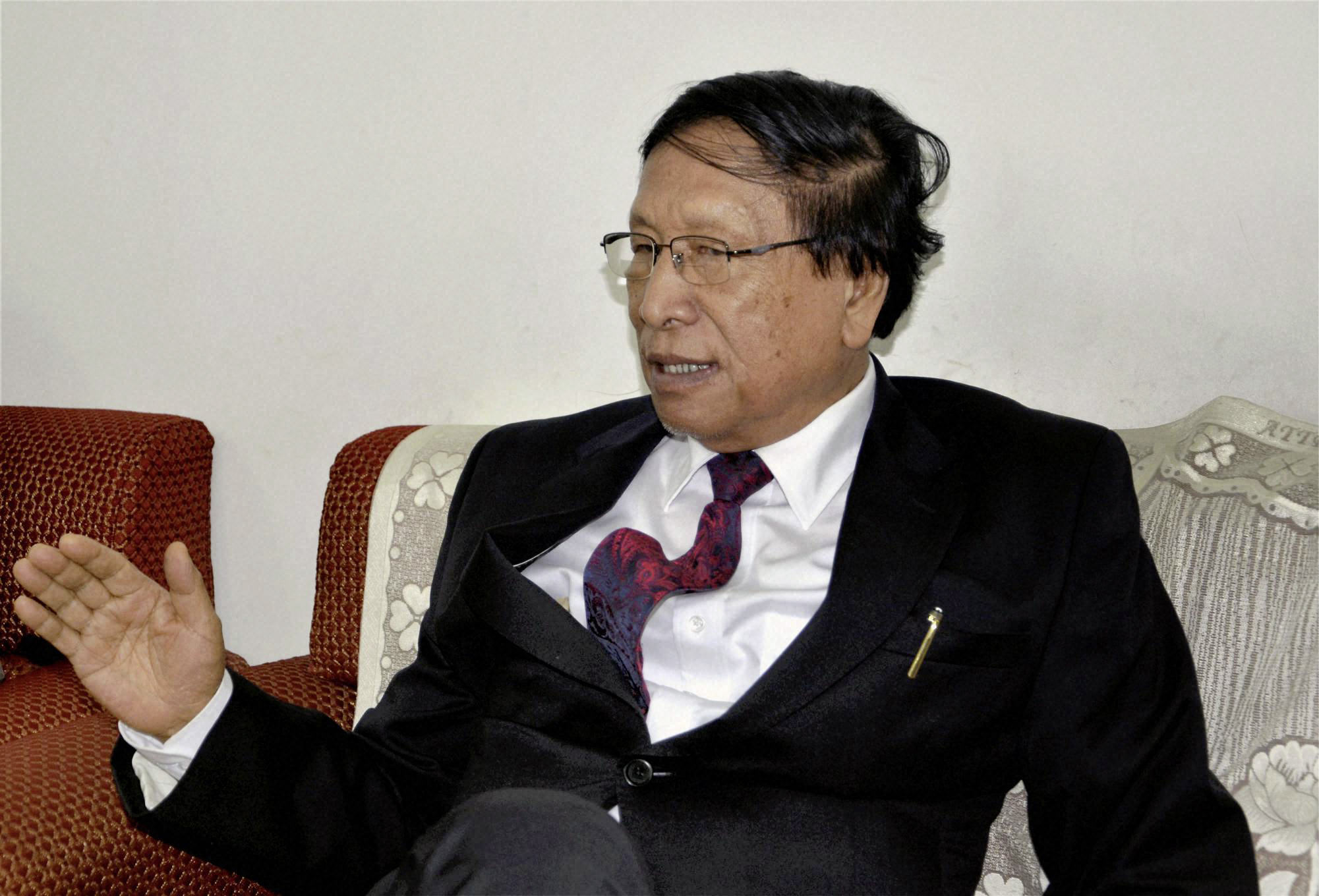
The media was abuzz recently with the statement NSCN(I-M) general secretary Thuingaleng Muivah saying that the Centre has betrayed the letter and spirit of the August 2015 Framework Agreement, and now he was seeking “third party intervention”, failing which the NSCN(I-M) would “resume the violent armed resistance against India”. He made a reference to the July 2002 Amsterdam joint communique that was signed when Atal Behari Vajpayee was the Prime Minister. It is necessary to analyse the context of this statement and what the implications are likely to be.
The Naga insurgency is the fountainhead of all insurgencies of the Northeast. The Naga movement itself has seen important landmarks, which include the creation of the Naga Club in 1918 (perhaps the first proclamation of a Naga identity), the memorandum submitted to the Simon Commission in 1926 by the Nagas, the declaration of an “independent Naga state” on August 14, 1947, and the so-called Naga plebiscite in 1951, that was followed by an armed confrontation against the Indian security forces, the commencement of the counter-insurgency operations by the Indian Army and Assam Rifles in 1956, the Shillong Accord of 1975, creation of the NSCN in 1980, breakup of the NSCN into NSCN(I-M) and NSCN(K) in 1988, the signing of the ceasefire by the NSCN(I-M) and NSCN(K) in 1997 and 2001 respectively, the abrogation of the ceasefire by the NSCN(K) in 2005, creation of the Naga National Political Groups (NNPG) — essentially splinter groups of the NSCN(K) in 2016 and in recent times the ceasefire by the Khango and Niki Sumi (responsible for the ambush of the Indian Army’s 6 Dogra column in Manipur, that led to the death of 18 soldiers) groups in 2017 and 2020 respectively. “When the Naga movement started, there was only one institution — the Naga National Council that was fully mandated by the people of Nagaland to decide their political future and the entire people rallied behind it. Today we have about 24 factions, each claiming to represent the Nagas, whereas there is only one Naga issue to be sorted out”, says former Nagaland chief minister S.C. Jamir.
The important stakeholders that are there in the ceasefire are three — the NSCN(I-M), the NNPG and the Niki Sumi group. With the NSCN(I-M), the Government of India has the Framework Agreement, and with the others, the Agreed Position. The only Naga group that is not part of the ceasefire is the NSCN-K (Yung Aung) group, which is based in Myanmar and which carries out intermittent attacks on the security forces. What is common among all of them is the large amounts of money that is extorted (which is called taxation by the Naga groups). “Extortion has crippled people and the Naga economy. People were made to maintain a stoic silence over all these criminal activities because of fear psychosis”, says Mr Jamir.
The keywords in the latest statement of Muivah are sovereignty, territory, flag and constitution. The issues of sovereignty and territory were long settled. In February 2012, Muivah’s statement was publicly announced by self-styled “Gen” Khole Konyak of NSCN(I-M) in his speech, by saying that Muivah had told them that in view of the international situation, Naga independence was not possible, and also the integration of the Naga areas because of the policy of the Government of India and Myanmar respectively. Further, neither sovereignty nor integration appear in the two official agreements between the two groups of the underground.
Muivah’s demand that there can be no final settlement of the Naga issue without a flag and a separate constitution may sound sacrilegious to most, particularly in the wake of the abolition of Articles 370 and 35A in Jammu and Kashmir. As far as the constitution (Yezhabo) is concerned, the devil lies in the details. The Yezhabo was first articulated in 1980 during the formation of the NSCN, and subsequently endorsed by the NSCN(I-M) in 1988 and 1996. It speaks of a complicated body: an “Independent Sovereign Christian Socialist Democratic Republic”. Under the Yezhabo, the Ato Kilonser (Prime Minister, Muivah) will be the chief of a pan-Naga organisation that would be created. This not just contradicts Article 371A but is against the very tenets of Naga society, where control over the land and its resources is with the people. This will never be acceptable to Nagas in Nagaland, Arunachal Pradesh, Assam or even in the hills of Manipur (barring Ukhrul district, to which Muivah belongs).
In all this, the voice of the common man gets muffled. Support for the NSCN(I-M) is waning in Naga society. It has now come to a point where the Nagas of Nagaland feel the NSCN(I-M) under Muivah has held the Naga issue hostage for over 27 years and the time has come for the Indian government to think well beyond the NSCN(I-M) demands in the larger interests of society. The vicissitudes of the NSCN(I-M)’s constantly changing demands have shown that the signing of a peace agreement will be a laboured effort.
Muivah and the NSCN(I-M) know that the security forces now have their hands full in the Northeast due to the ongoing unrest in Manipur along with the events in Myanmar and Bangladesh. This moment is thus seen as opportune to threaten New Delhi. The presence of the NSCN(I-M)’s Alee Command in Myanmar and its deep linkages with drug and weapons cartels as well as long-standing linkages with China are well known. It is thus necessary for New Delhi to look more at what the needs of the common man in Nagaland are, which is overall socio-economic development, rather than get too worried about these threats.
